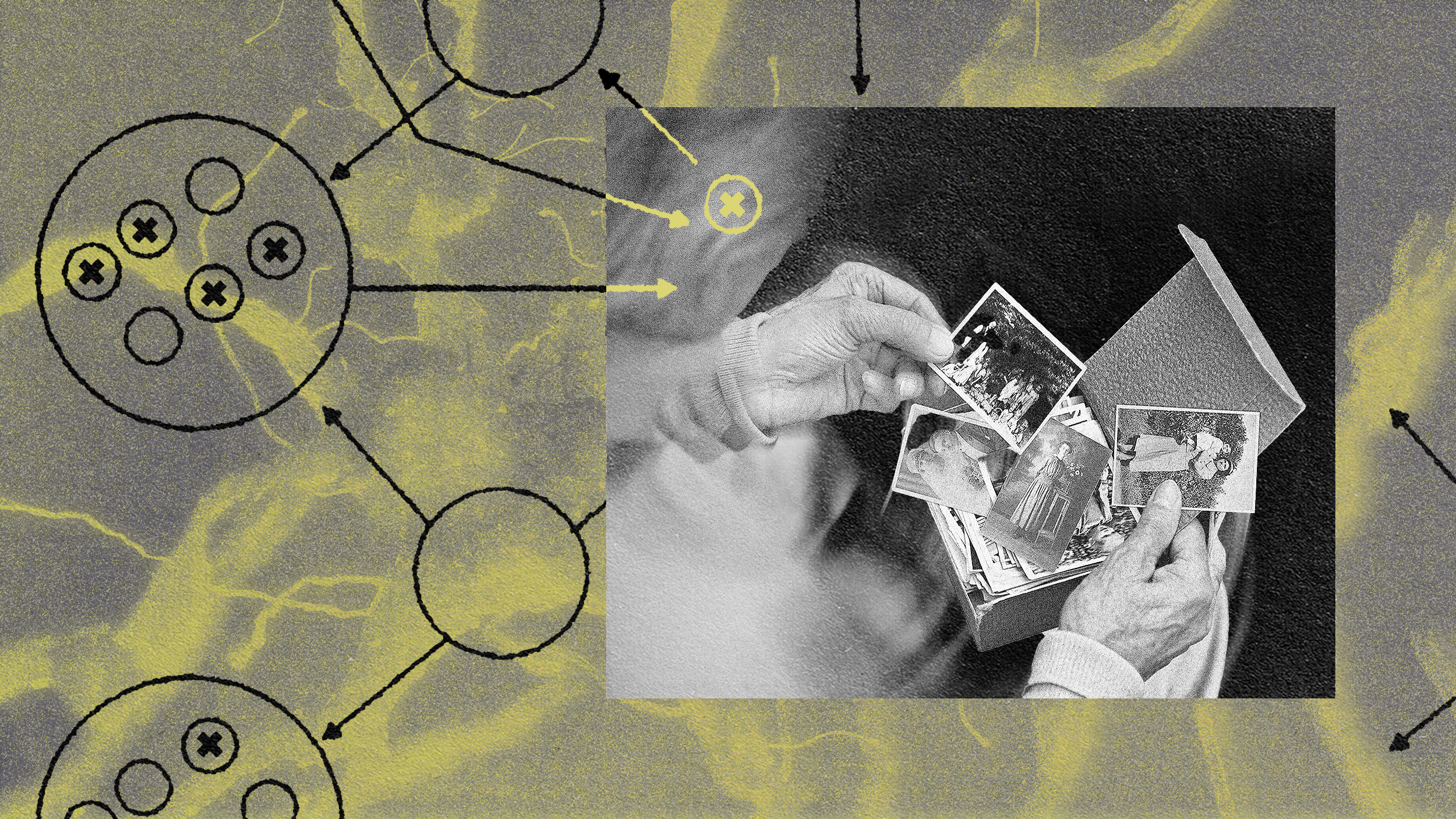Neuroplasticity: how to use anxiety to improve your life

Credit: Priscilla Du Preez via Unsplash
- Anxiety is an inevitable feature of our lives.
- Our brains need stress in order to thrive, but neither too much nor too little.
- By harnessing neuroplasticity — the brain’s ability to adapt to new situations — we can use anxiety to improve our lives.
The following is an excerpt fromGood Anxiety: Harnessing the Power of the Most Misunderstood Emotion. Copyright (C) 2021 by Wendy Suzuki, PhD. Reprinted with permission from Simon & Schuster.
This idea that anxiety is dynamic and changeable blew me away. Sure, anxiety is an inevitable feature of life, and none of us is immune. But understanding anxiety against this more fulsome backdrop has allowed me to stop struggling against it. Instead of treating my feelings as something I need to avoid, suppress, deny, or wrestle to the ground, I have learned how to use anxiety to improve my life.
What a relief. Like all of us, I will always encounter bouts of anxiety. But now, I know what to do when those negative thoughts move into my mind like an unwanted roommate. I can recognize the signals and make adjustments that will take the edge off, calm my body, or settle my mind so I can once again think clearly and feel centered. What a boon to my life — personally, professionally, and certainly emotionally. I feel more satisfaction and meaning from my work. I have finally achieved a work-life balance, some thing that always seemed out of reach. I am also much better able to enjoy myself, find time for different kinds of pleasure, and feel relaxed enough to reflect on what matters most to me. And that’s what I desire for you, too.
We tend to think about anxiety as negative because we associate it only with negative, uncomfortable feelings that leave us with the sense that we are out of control. But I could see another way of looking at it once we open ourselves to a more objective, accurate, and complete understanding of its underlying neurobiological processes. Yes, there are inherent challenges to taking ownership of patterns of responding that dictate our thoughts, feelings, and behaviors without our even realizing. If you tend to experience anxiety when you even think about speaking in public, your brain body will more or less dictate that response — unless you consciously intervene and change that response. But I saw evidence of the opposite: that we can intervene and create positive changes to the anxiety state itself.
This dynamic interaction between stress and anxiety made perfect sense to me because it brought me back to the primary area of my neuroscience research: neuroplasticity. Brain plasticity does not mean that the brain is made of plastic. Instead, it means that the brain can adapt in response to the environment (in either enhancing or detrimental ways). The foundation of my research into the improvement of cognition and mood is based on the fact that the brain is an enormously adaptive organ, which relies on stress to keep it alive. In other words, we need stress. Like a sailboat needs wind in order to move, the brain-body needs an outside force to urge it to grow, adapt, and not die. When there’s too much wind, the boat can go dangerously fast, lose its balance, and sink. When a brain-body encounters too much stress, it begins to respond negatively. But when it does not have enough stress, it plateaus and begins to coast. Emotionally, this plateau might feel like boredom or disinterest; physically it can look like a stagnation of growth. When the brain-body has just enough stress, it functions optimally. When it has no stress, it simply lists, like a sailboat with no wind to direct it.
Just like every system in the body, this relationship to stress is all about the organism’s drive for homeostasis. When we encounter too much stress, anxiety drives us to make adjustments that bring us back into balance or internal equilibrium. When we have just the right kind or amount of stress in our lives, we feel balanced — this is the quality of well-being we always seek. And it’s also how anxiety works in the brain-body: it’s a dynamic indication of where we are in relation to the presence or absence of stress in our lives.
When I started making changes to my lifestyle and began to meditate, eat healthy, and exercise regularly, my brain-body adjusted and adapted. The neural pathways associated with anxiety recalibrated and I felt awesome! Did my anxiety go away? No. But it showed up differently because I was responding to stress in more positive ways.
And that is exactly how anxiety can shift from something we try to avoid and get rid of to something that is both informative and beneficial. What I was learning how to do, backed up by my experiments and my deep understanding of neuroscience, was not just engage in new and varied ways to shore up my mental health through exercise, sleep, food, and new mind-body practices but to take a step back from my anxiety and learn how to structure my life to accommodate and even honor those things at the heart of my anxious states. This is exactly how anxiety can be good for us. In my own research experiments at NYU, I have started to identify those interventions (including movement, meditation, naps, social stimuli) that have the biggest impact on not only decreasing anxiety levels per se but also enhancing the emotional and cognitive states most affected by anxiety, including focus, attention, depression, and hostility.
And that realization of how anxiety works, my friends, became the subject — and the promise — of this book: Understanding how anxiety works in the brain and body and then using that knowledge to feel better, think more clearly, be more productive, and perform more optimally. In the pages ahead, you will learn more about how you can use the neurobiological processes underlying anxiety, the worry, and general emotional discomfort to lay down new neural pathways, and set down new ways of thinking, feeling, and behaving that can change your life.
Our inherent capacity for adaptation offers the power to change and direct our thoughts, feelings, behaviors, and interactions with ourselves and others. When you adopt strategies that harness the neural networks of anxiety, you open the door to activating your brain-body at an even deeper, more meaningful level. Instead of feeling at the mercy of anxiety, we can take charge of it in concrete ways. Anxiety becomes a tool to supercharge our brains and bodies in ways that will resound in every dimension of our lives — emotionally, cognitively, and physically. This is the domain of what I call anxiety’s superpowers. You will shift from living in a moderately functional way to functioning at a higher, more fulfilling level; from living an ordinary life to one that is extraordinary.
My book, GOOD ANXIETY, is about taking everything we know about plasticity to create a personalized strategy of adapting our responses to the stress in our lives and using anxiety as a warning signal and opportunity to redirect that energy for good. Everyone’s particular flavor of positive brain plasticity will be a bit different because everyone manifests anxiety in unique ways, but when you learn how you respond, how you manage the discomfort, and how you typically cope and reach for that homeostatic balance, then you will find your own personal superpowers of anxiety. Anxiety can be good… or bad. It turns out that it’s really up to you.





